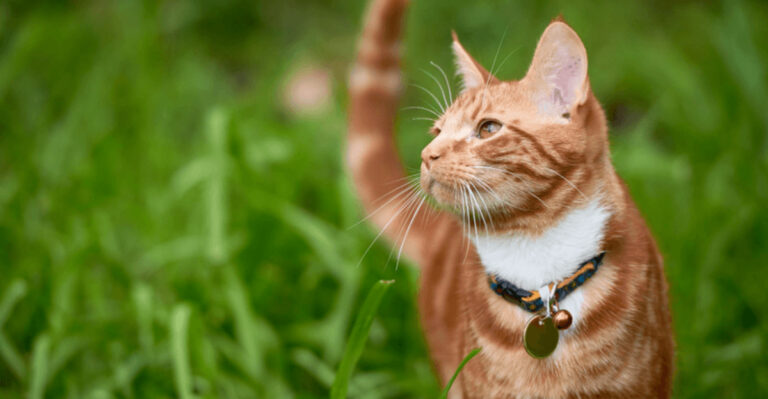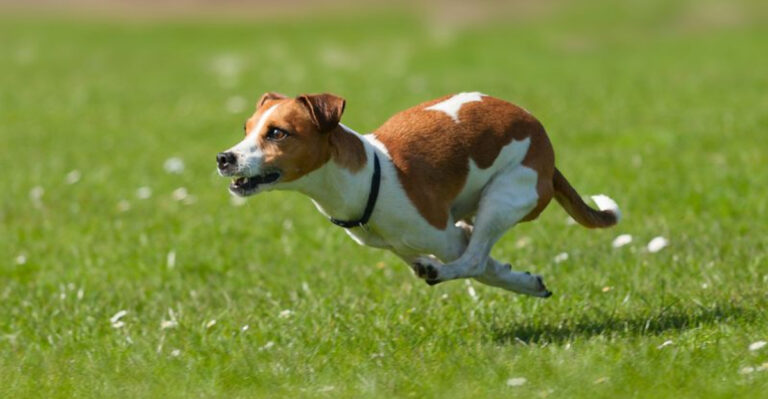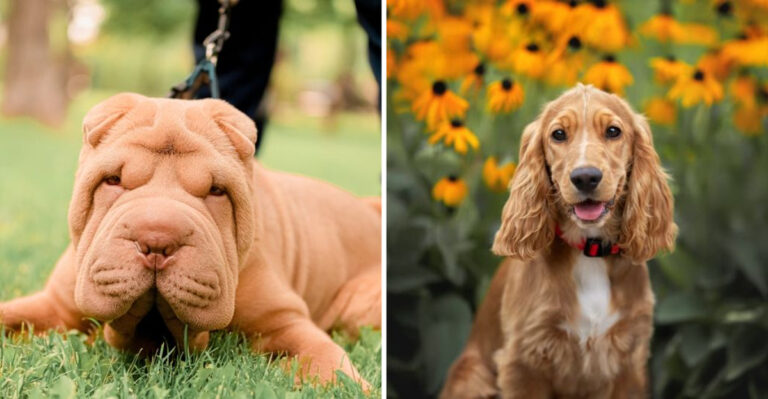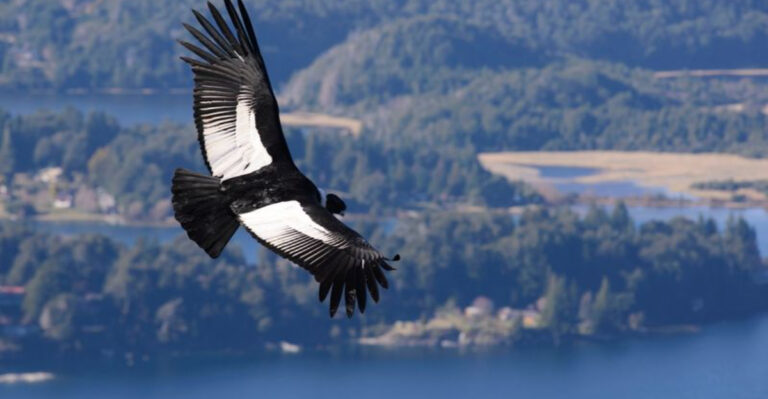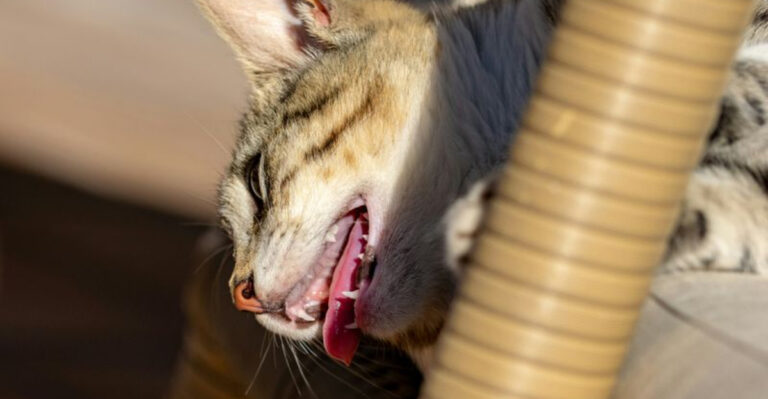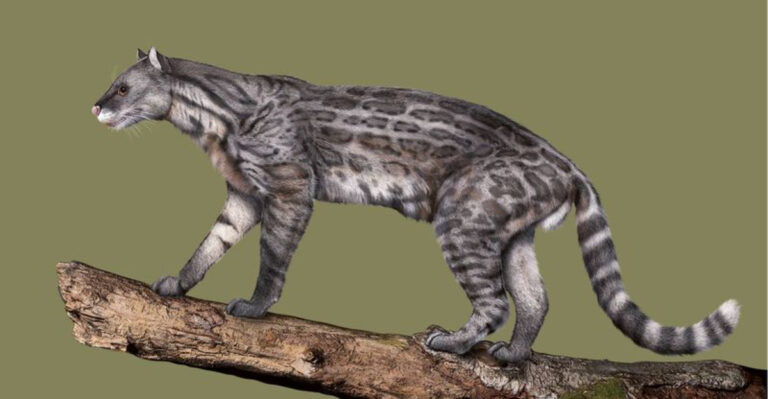15 Horse Breeds That Turn Heads With Their Elegance
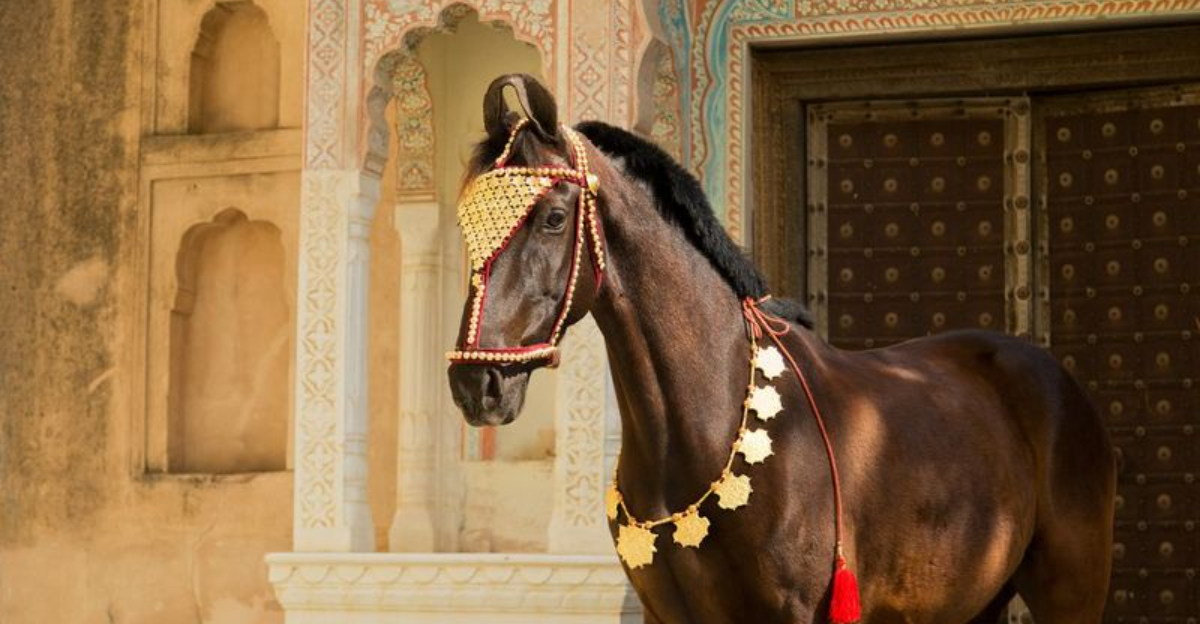
Horses have captivated humans with their beauty and grace for thousands of years. From the battlefields of ancient civilizations to modern equestrian competitions, certain breeds stand out for their extraordinary elegance and presence.
Whether it’s their flowing manes, powerful builds, or graceful movements, these magnificent creatures command attention wherever they go.
1. Akhal-Teke
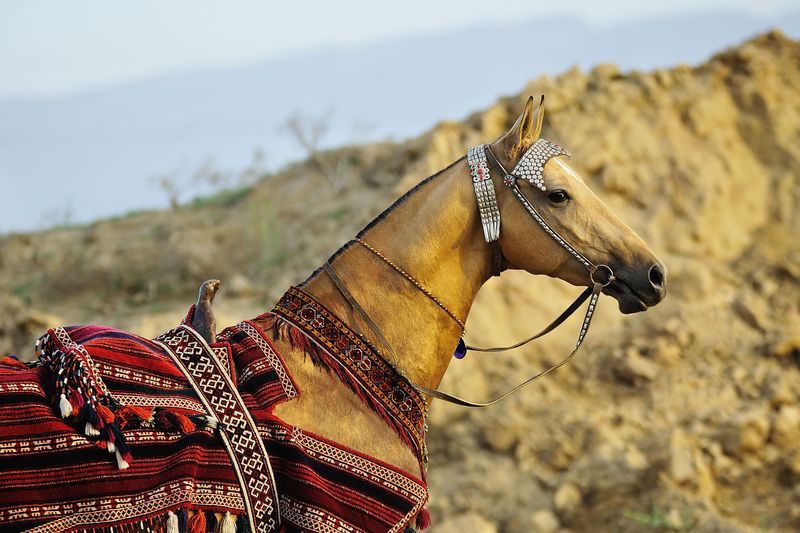
Imagine a horse with a coat so metallic it seems dipped in liquid gold. Native to Turkmenistan, the Akhal-Teke evolved in harsh desert conditions, developing their distinctive shimmering coats that reflect sunlight as a cooling mechanism.
Their slender bodies and extraordinary endurance made them prized possessions among ancient warriors. With a history spanning over 3,000 years, they’re considered one of the oldest and most beautiful horse breeds alive today.
2. Friesian
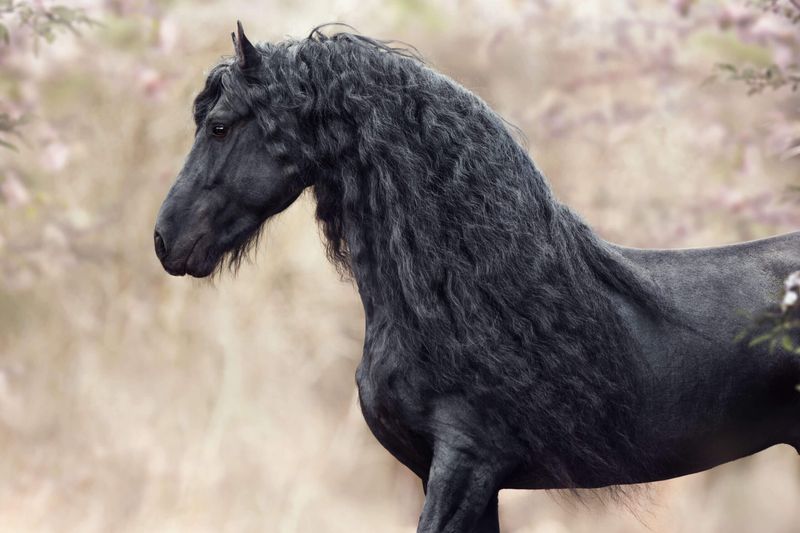
Step back in time with the Friesian’s dramatic appearance – a living shadow with powerful muscles rippling beneath a coat of pure midnight. Originally bred as war horses in the Netherlands, their high-stepping gait and flowing manes have made them Hollywood favorites.
You’ll spot these ebony beauties in films like ‘Ladyhawke’ and ‘Zorro.’ Despite their imposing size, Friesians possess surprisingly gentle temperaments, making them both spectacular showstoppers and beloved companions.
3. Arabian
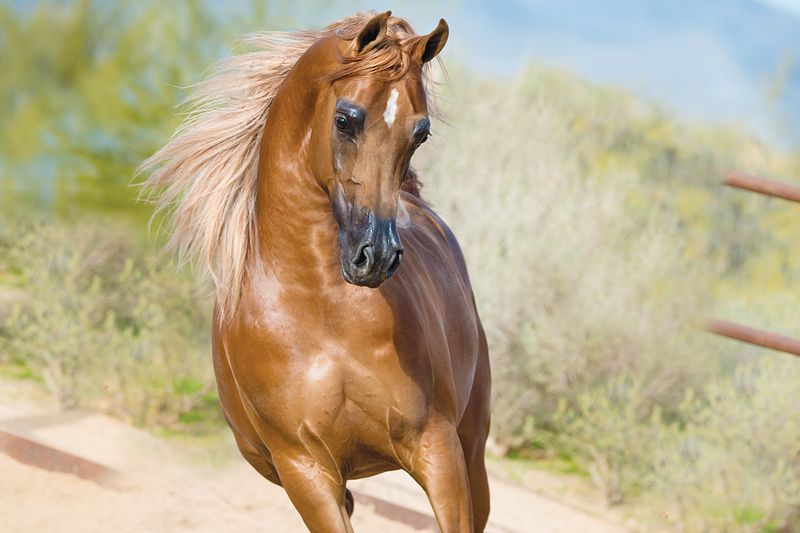
From the windswept sands of Arabia comes a breed so distinctive even non-horse people recognize it instantly. The dished face, arched neck, and tail carried high create an unmistakable silhouette that’s been admired for centuries.
Arabian horses changed history by carrying Bedouin raiders across vast deserts, surviving on minimal water. Their intelligence and people-oriented personalities make them as lovable as they are beautiful, forming deep bonds with their human partners.
4. Andalusian
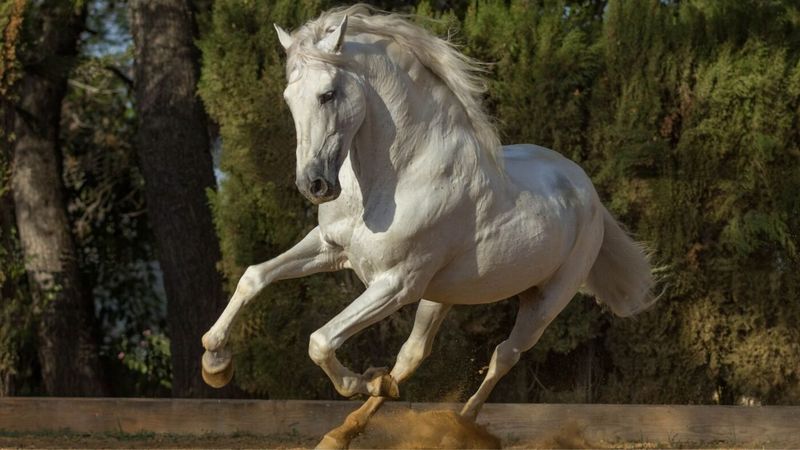
When a horse seems to float above the ground rather than touch it, you’re likely watching an Andalusian. These Spanish treasures have been admired since Roman times for their natural ability to perform complex movements that seem impossible for such large animals.
Royal courts throughout Europe coveted these horses for their beauty and trainability. Their thick manes and tails, often reaching the ground, create a dramatic effect as they perform the advanced movements that made them the original dressage superstars.
5. Lipizzaner
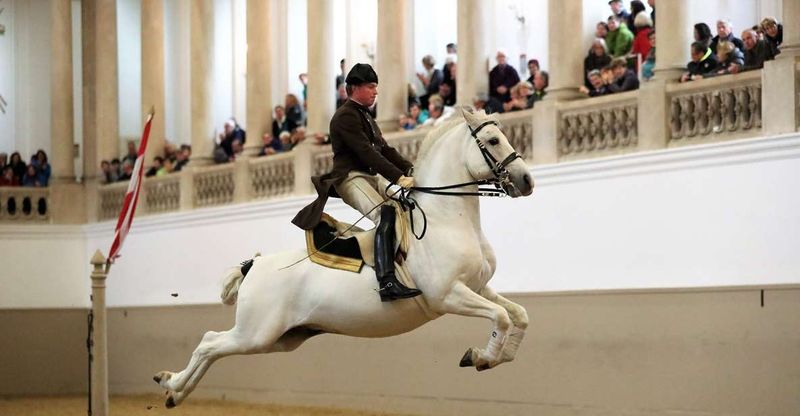
Few sights compare to a Lipizzaner stallion performing a perfect capriole – leaping into the air with all four legs tucked beneath them. Born dark but gradually turning white as they mature, these horses embody transformation and artistry.
Developed for the Spanish Riding School in Vienna, they perform classical dressage movements unchanged for 450 years. During WWII, General Patton ordered a special mission to rescue these living cultural treasures from advancing Soviet troops – that’s how valuable they were considered.
6. Marwari
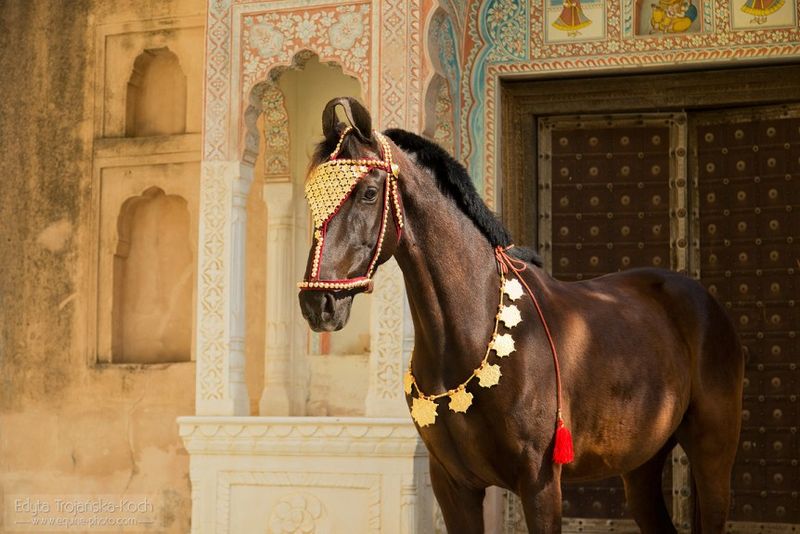
Look once at a Marwari and you’ll never forget those distinctive inward-curving ears that can rotate 180 degrees. From India’s Marwar region, these horses were bred for desert warfare, with remarkable heat tolerance and loyalty to their riders.
Legend says wounded warriors could sleep in their saddles while their faithful Marwari horses carried them safely home. Nearly extinct by the 1970s, conservation efforts have helped preserve this ancient breed with its unique curled ears and natural ambling gait.
7. Gypsy Vanner
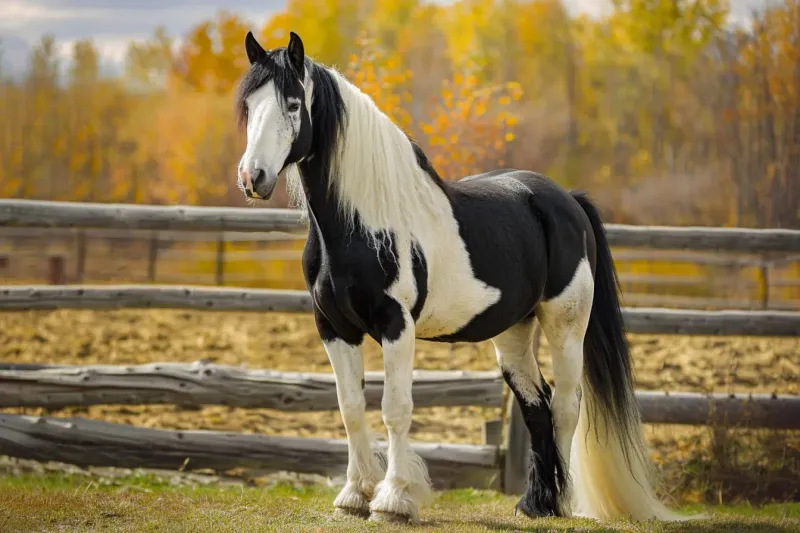
Fairy tales come alive in the form of the Gypsy Vanner, with its abundant feathering – long hair cascading from knees to hooves like natural leg warmers. Created by Romani travelers in the British Isles to pull their vardos (wagon homes), these horses combine strength with breathtaking beauty.
Their piebald or skewbald coats create a striking canvas of color. Despite their relatively recent recognition as an official breed in the 1990s, they’ve quickly captured hearts worldwide with their gentle nature and storybook appearance.
8. Paso Fino
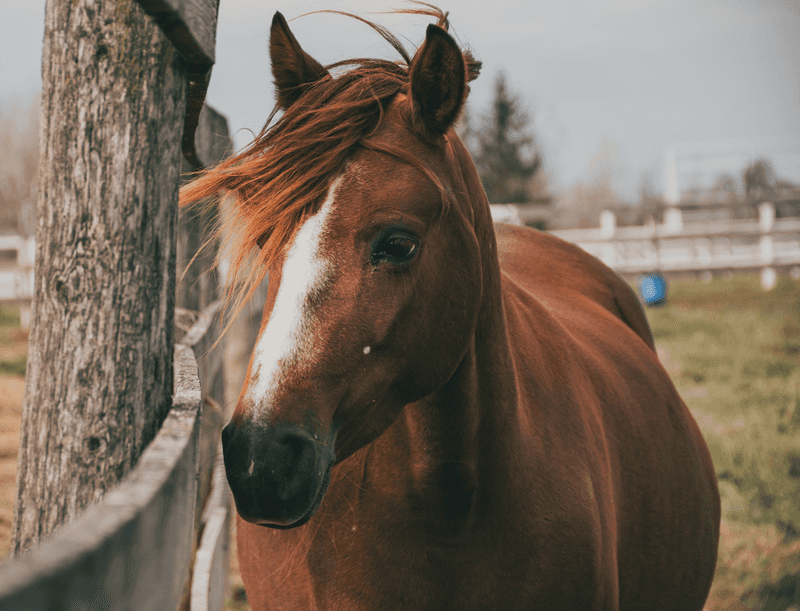
Holding a glass of water while riding might sound impossible – unless you’re on a Paso Fino. Famous for their incredibly smooth four-beat lateral gait, these horses developed in Puerto Rico and Colombia from Spanish bloodlines.
Riders appear motionless in the saddle even at speed, as if floating above their mount. During competitions, these horses showcase their unique gait on a wooden sounding board, creating a rapid-fire percussion that sounds like raindrops hitting a roof.
9. Thoroughbred
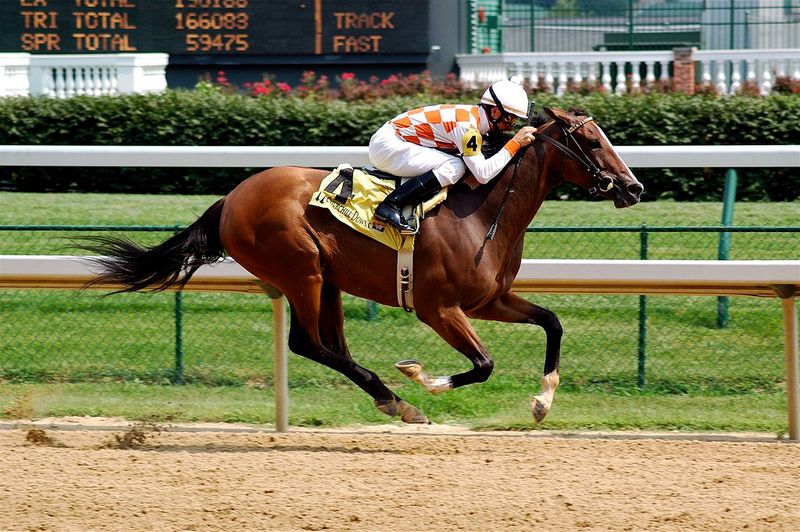
Raw power meets refined elegance in the Thoroughbred, a breed that can reach speeds of 45 miles per hour. Every modern Thoroughbred traces back to just three foundation stallions imported to England in the late 17th and early 18th centuries.
Their long legs, deep chest, and incredible competitive spirit make them natural athletes. Beyond the racetrack, these horses excel in jumping, eventing, and dressage, bringing their characteristic courage and athleticism to every discipline they enter.
10. Saddlebred
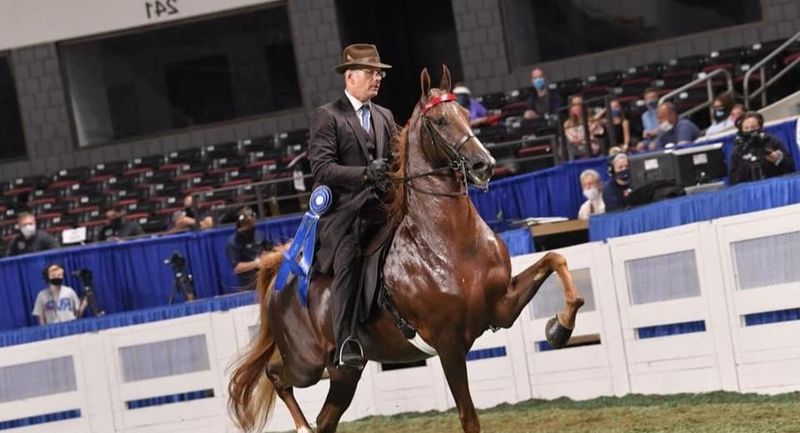
Watching a Saddlebred enter the show ring is like witnessing living fireworks – all flash, animation, and star power. Known as the “peacock of the horse world,” these American showstoppers were originally called Kentucky Saddlers before becoming their own distinct breed.
Their unique ability to perform five gaits instead of the usual three makes them special. With arched necks, high tail carriage, and exaggerated action, they’ve been the choice of presidents and celebrities seeking maximum elegance and presence.
11. Lusitano
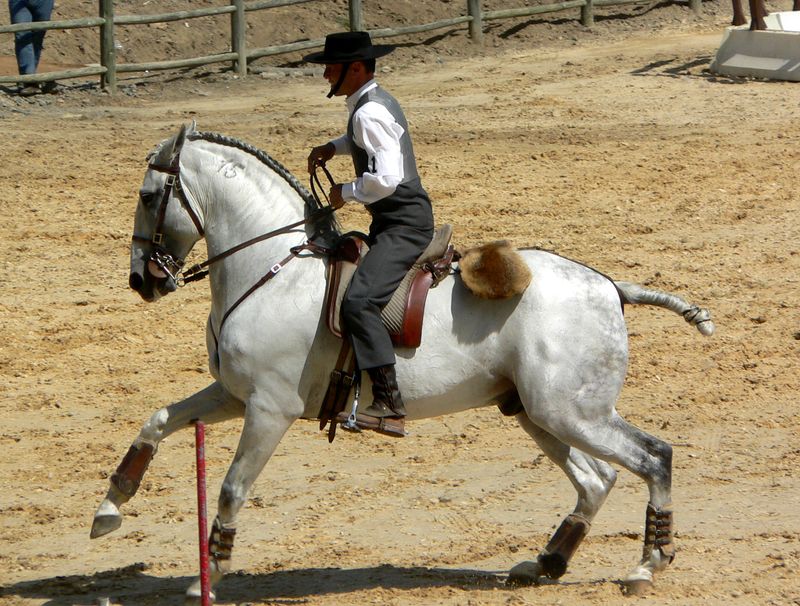
Courage under fire defines the Lusitano, traditionally used in Portuguese bullfighting where the horse must face the bull without fear. Closely related to Andalusians but bred specifically for bravery and quick reflexes, these horses possess both beauty and boldness.
Their convex profiles and powerful hindquarters create a distinctive silhouette. Modern Lusitanos excel in classical dressage, with their natural collection and elevated movements making difficult maneuvers look effortless while maintaining an air of nobility.
12. Morgan
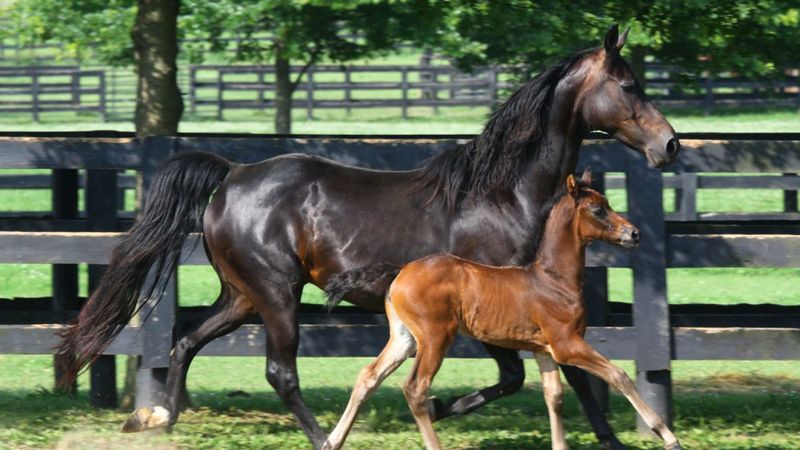
Born from a single foundation sire – the legendary Figure, owned by Justin Morgan – this breed embodies the American spirit of versatility and friendly determination. Compact yet powerful, Morgans have pulled plows by day and carried families to church on Sundays.
Their expressive eyes and alert ears reflect remarkable intelligence. During the Civil War, Morgans carried officers into battle and pulled artillery, while today they excel in everything from driving competitions to trail riding, always with their characteristic charm and willing attitude.
13. Hackney

Energy practically radiates from Hackneys as they trot with knees nearly touching their chins in a spectacular display of animated movement. Originally bred in England as carriage horses that could maintain high speed over long distances, they evolved into the ultimate show horses.
Their exaggerated action comes naturally, not through artificial training methods. Queen Elizabeth II was particularly fond of Hackney ponies for driving competitions. With their flashy movement and “look at me” attitude, they’re impossible to ignore in any parade or show ring.
14. Hanoverian
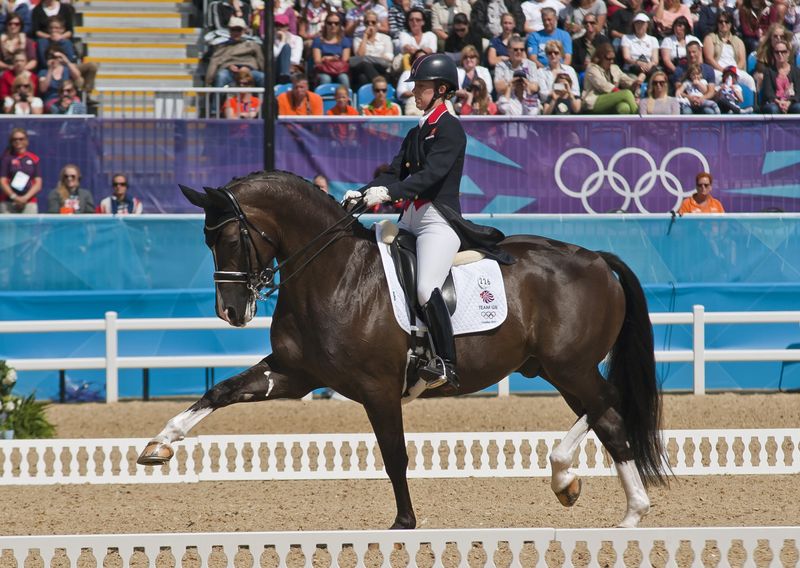
Floating across the arena with the grace of dancers twice their size, Hanoverians dominate Olympic dressage competitions worldwide. Developed in Germany through careful selection and breeding programs, they combine strength, elegance, and trainability in one magnificent package.
Their balanced movements and willing temperaments make the most difficult dressage figures look easy. From the extended trot that seems to defy gravity to the collected canter that appears to happen in slow motion, these horses have turned athletic ability into art form.
15. Icelandic
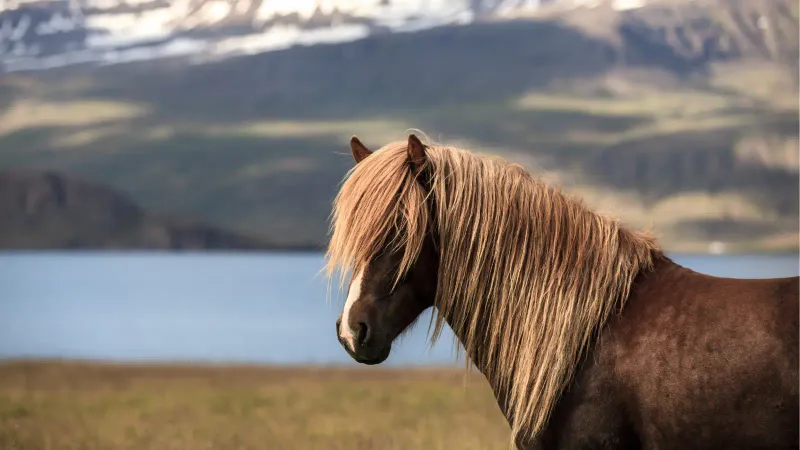
Don’t let their small stature fool you – Icelandic horses pack extraordinary talent into their compact frames. Viking settlers brought these horses to Iceland over 1,000 years ago, and strict import bans have kept the bloodlines pure ever since.
Their claim to fame is the tölt – a smooth four-beat gait so comfortable riders can hold a full glass of beer without spilling a drop. Add to that their unique flying pace called skeið, where both legs on the same side move together at racing speeds, and you have a breed that defies conventional equine movement.

